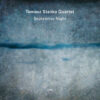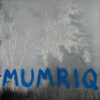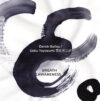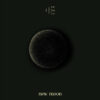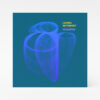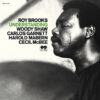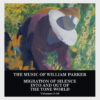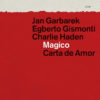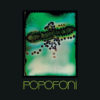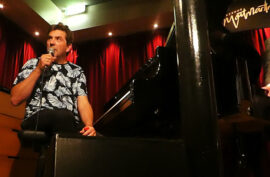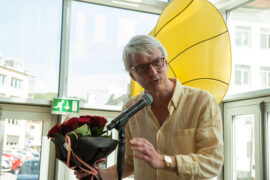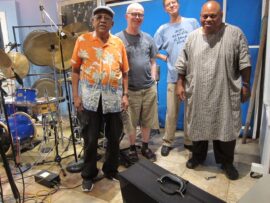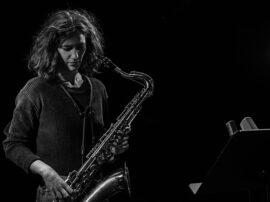
The Berlin-based pianist-composer Quentin Tolimieri has studied with British contemporary composer and pianist Michael Finnissy in the United Kingdom, with American reeds player Joe Maneri who focused on microtonal music in Boston, and with guitarist and experimental composer and a long-time member of the Wandelweiser collective Michael Pisaro-Liu in Los Angeles. He is influenced by contemporary music as well as free improvisation, New Orleans blues and Javanese music.
His solo piano triple-album «Monochromes» collects fifteen piano pieces titled «Monochrome 1 – 15», composed between 2017-2021. Each piece has its own distinct atmosphere with a single theme and a monochromatic palette of sounds and colors, unfolding over a long period of time. Some are lulling-style pieces with faint melodies in a slow progression; some are vibrant pieces with intense, repetitive layers of brisk beats, where occasionally a hint of harmony or melody ephemerally appears, in between atonal and tonal, or in the intersections of overtones and echoes, or behind the thick layers of reverberation.
Tolimieri explains that he always felt that the piano «was a bit limited by a kind of music history embedded in its construction: equal temperament, a particular kind of tone quality, etc.» and that this acoustic instrument represented European harmony and Western music history. But, slowly, he realized that the piano s actually filled with all sorts of «sounds that we don’t really hear or focus on because of all of the structural/linguistic things going on in music». His aim was to liberate the piano and eliminate the piano‘s language, syntax, and grammar (harmony, melody, rhythm and formal development etc.), so he could hear its «actual voice».
Tolimieri’s monochromatic «Monochromes» reinvent the sonic palette of the piano. He often takes the piano to radical and austere ends that strip the acoustic keyboard instrument from any familiar sounds and maps its possible sonic possibilities in carefully-executed architectures of time and space. His decisive commitment, intense energy, extended techniques and deep focus on these minimalist pieces produce a series of pure, unworldly sonorities. You can hear echoes of the radical rhythmic ideas of Conlon Nancarrow, the sparse meditations of Morton Feldman or the intensity of Cecil Taylor. After the opening, aggressive and quite obsessive Monochrome pieces, you may be bewitched by the sheer beauty of the serene fourth and thirteenth pieces which suggest an abstract ritual that brings to mind the ascetic qualities of Zen Buddhism or Butoh dances, or the meditative spirit of the fifth one that sounds like an electronic dreamscape and the unsentimental children’s song of the seventh piece. But you can also appreciate the almost inhuman methodical stubbornness of the 35-minute eighth Monochrome piece, the 24-minute twelfth piece and the shorter fourteenth piece.
Obviously, this exquisite work is an outcome of careful research of the piano, its universe of microtonal overtones, its reverberation and the physical qualities of the keys and the strings. The evolution of these bold, monochromatic pieces has its own logic, and the immersive listening experience of «Monochromes» allows us – the listener – to rediscover the piano. Or as Pisaro-Liu concludes: «Each Monochrome is a small world. Over the course of the three hours the series lasts, we travel across a system of fifteen planets».
Eyal Hareuveni
Quentin Tolimieri (p)


